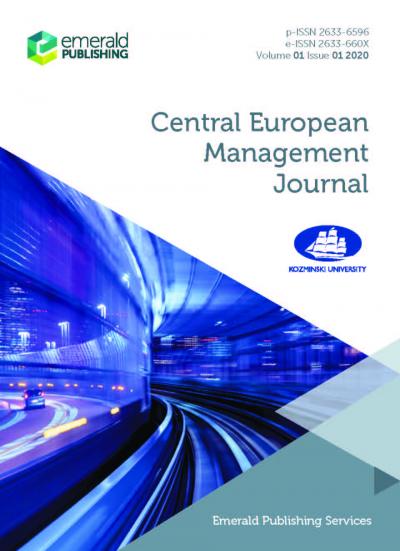Characteristics of Cosmetics Brands by Country of Origin According to the Opinion of Polish Consumers
Radosław Baran
Warsaw School of Economics
2018 26 (3) Central European Management Journal
DOI 10.7206/jmba.ce.2450-7814.232








